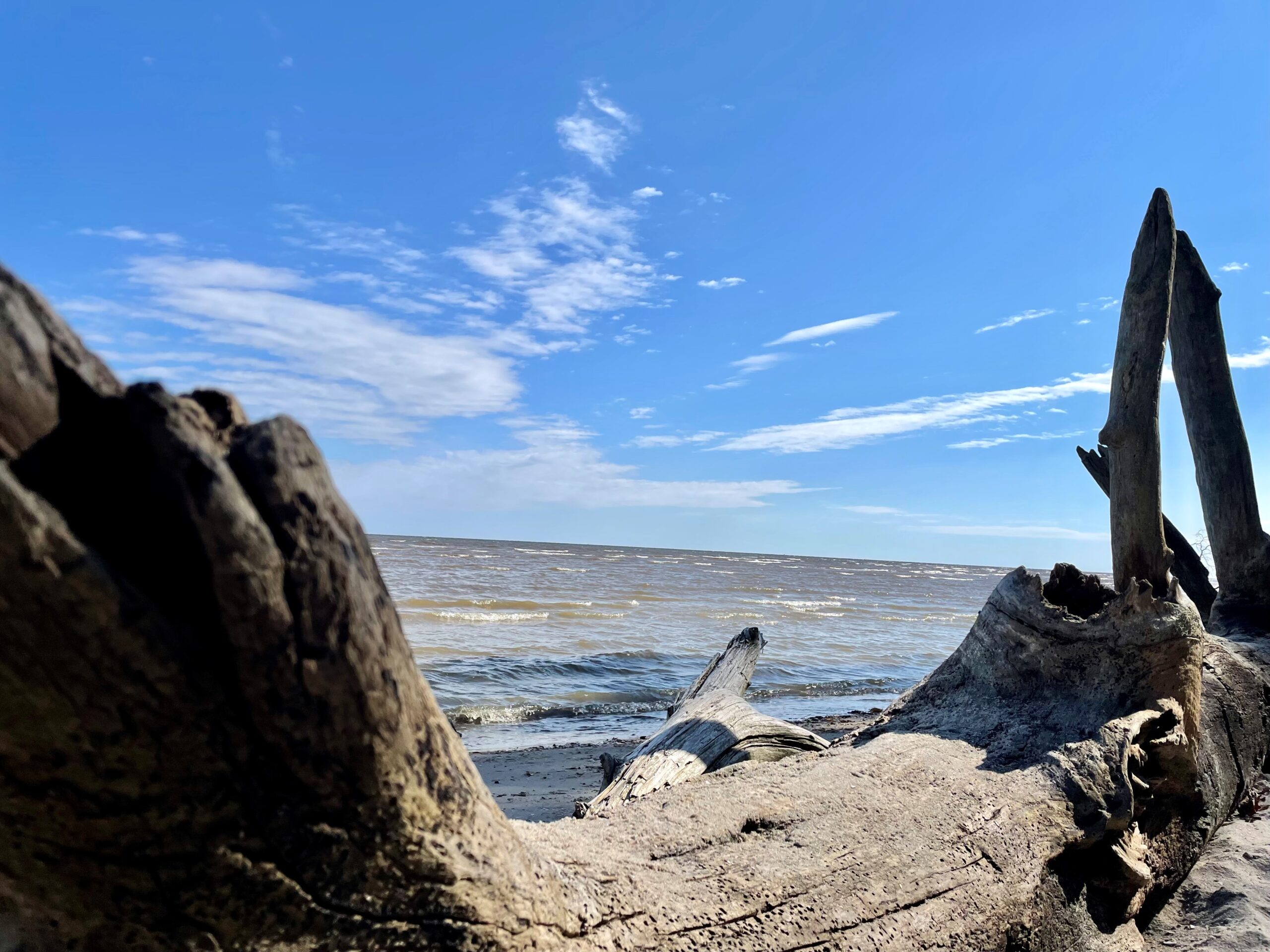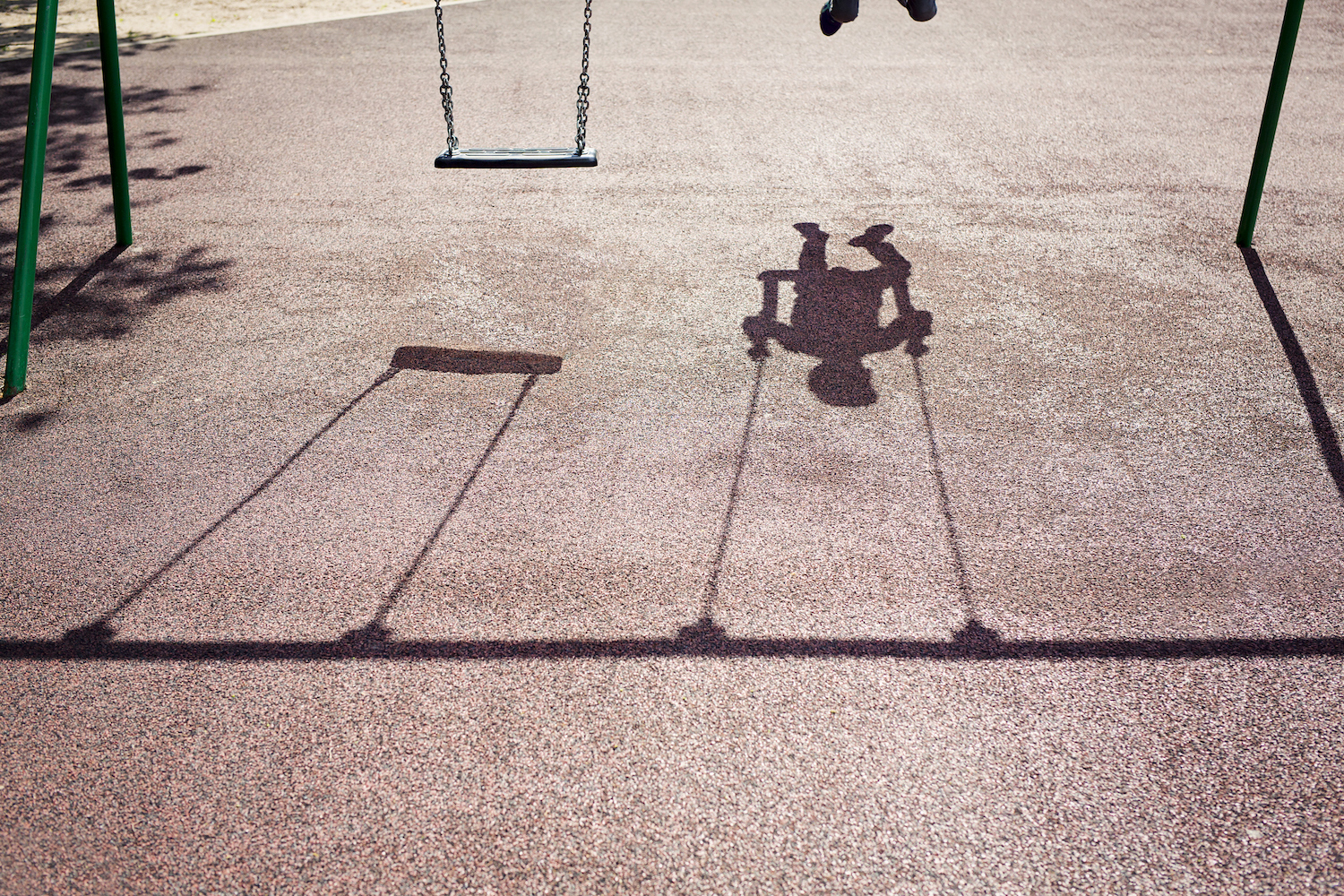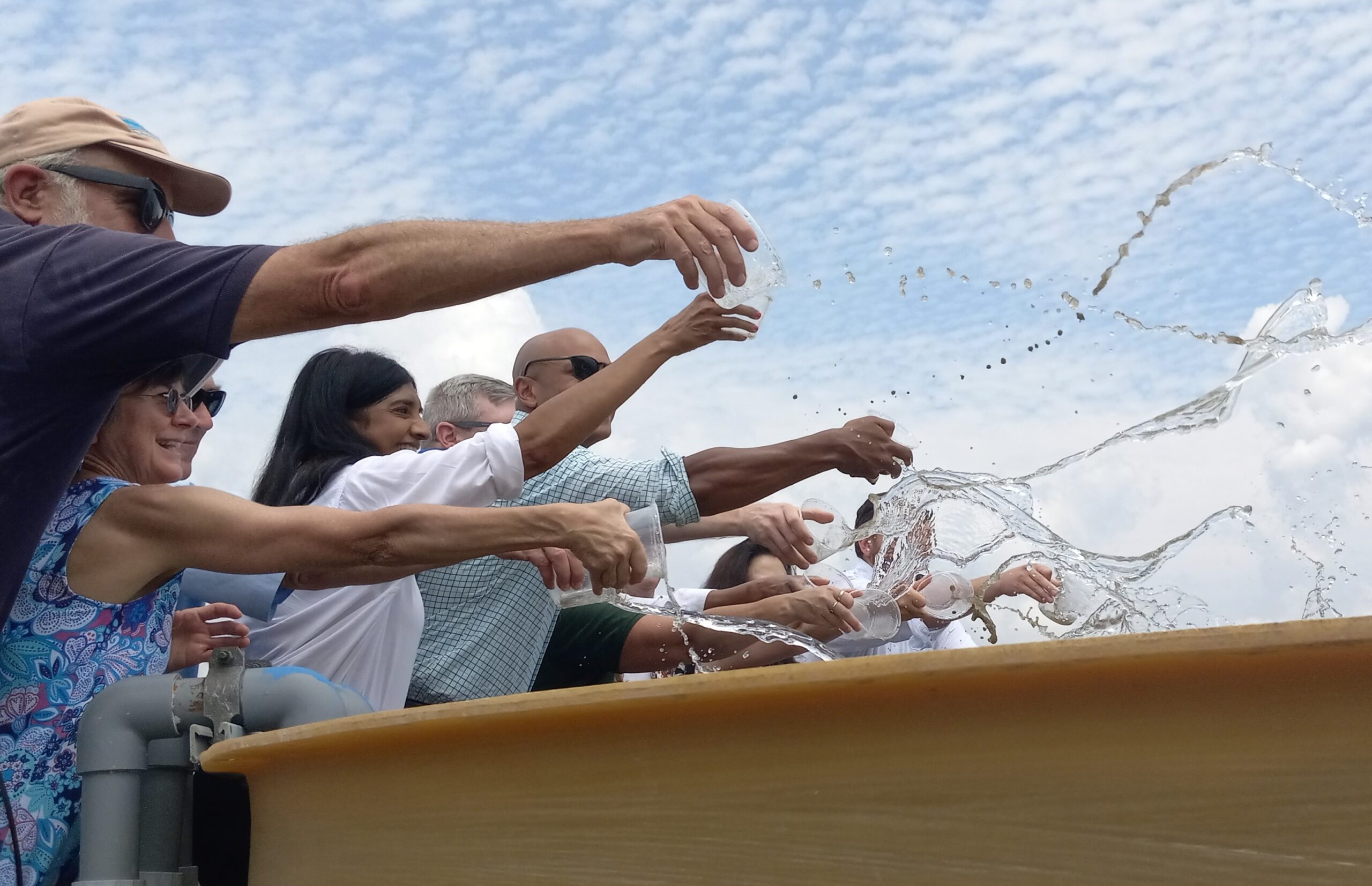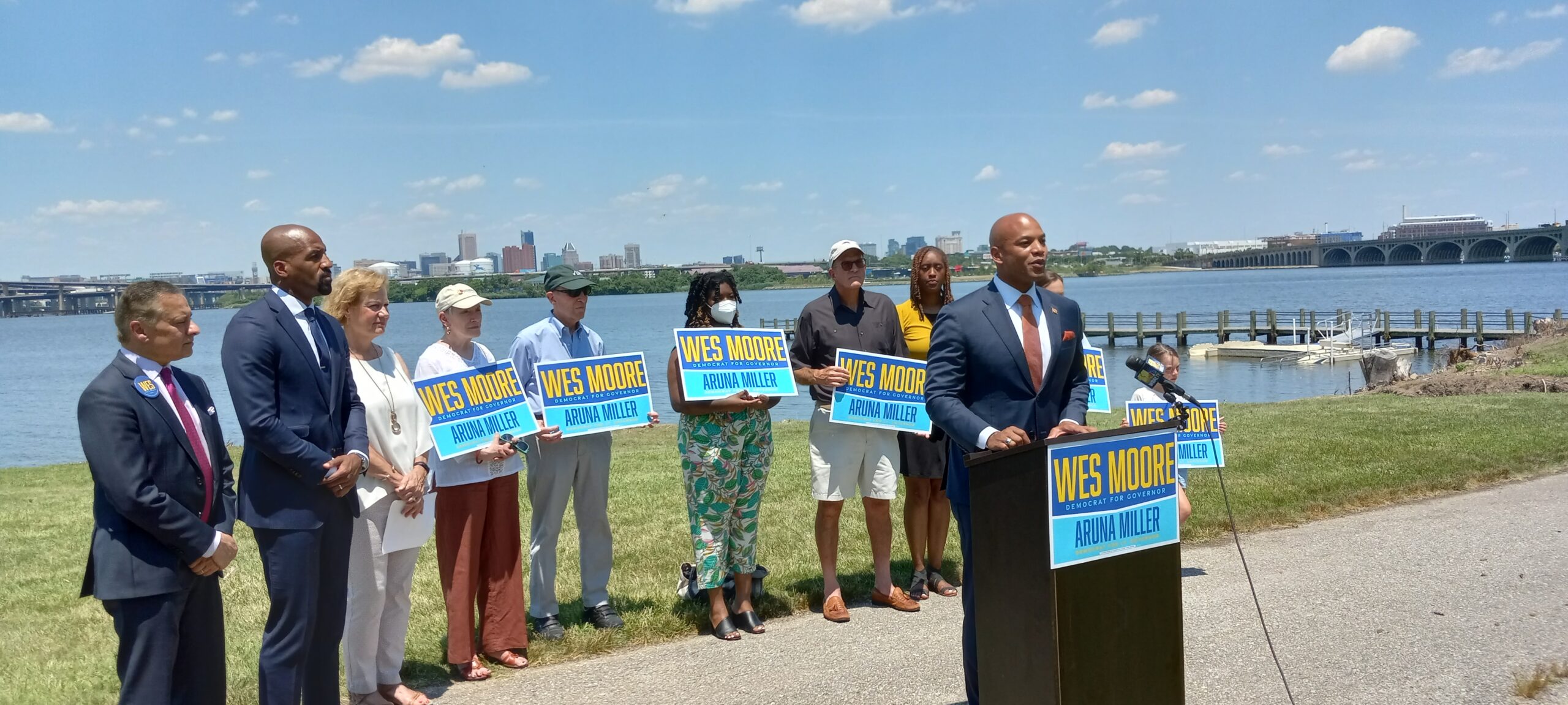Chesapeake Bay still in poor health, blue crabs suffering, says State of the Bay report

The health of the Chesapeake Bay remains unchanged from a D+ in 2020 and 2018, according to a biennial report from the Chesapeake Bay Foundation that showed mixed results from pollution control efforts.
The State of the Bay report looks at 13 indicators including pollution, habitats and fisheries in the Bay, and compares them to what the status of the Bay would have been before European colonization in the 1600s. The Bay’s watershed, a network of rivers, streams and communities that feed into the body of water, spans 64,000 square miles, and is home to 18 million people and 3,600 species of plants and animals.
“While we’ve made significant progress, far too much pollution still reaches our waterways and climate change is making matters worse,” said Foundation President Hilary Harp Falk in a statement. “The good news is that the Bay is remarkably resilient,” and there is new “energy” for taking care of it with new Environmental Protection Agency administrators, governors, legislators, and leaders within environmental organizations, she added.
There was no change in the high levels of toxic contaminants such as PFAs and microplastics, or the levels of nitrogen and dissolved oxygen, the latter of which can result from harmful algal blooms. There was a small improvement in levels of phosphorus pollution, which enter waterways primarily through farm and stormwater runoff alongside nitrogen. But the water’s clarity still decreased because of nutrient runoff and that, in turn, blocked the sunlight needed for habitat growth.
The report noted that 95,000 acres of farms and forests, which help prevent nutrient runoff, were developed across the Bay watershed from 2013 to 2018, the latest reporting period. Pennsylvania, Maryland and Virginia have experienced significant forest clearing, the report stated, but all three states have planting programs.
Josh Kurtz, the Bay Foundation’s Maryland executive director, said a law passed by the General Assembly in 2021 requiring the planting of 5 million new trees was “a good first step” but forest loss and degradation in the state is estimated at 3,000 acres a year.
The pollution findings come as the EPA acknowledged last fall that states are not on track to meet a 2025 deadline of pollution reductions. States within the Chesapeake Watershed, which runs from Virginia to Upstate New York, are looking to farms to achieve roughly 90% of the remaining pollution reductions by limiting nutrient runoff.
“While urban runoff is the only growing source of pollution, agriculture still remains the largest,” Kurtz said in a statement. “State leaders should also focus on ways to connect farmers with state and federal resources to add conservation practices on their land, with strong priority given to permanent practices. Recent federal funding increases and a strong state budget provide a unique opportunity to alter the state’s agricultural landscape by improving soil health, which in turn would make fields more productive and reduce polluted runoff. ”
At a press conference following the release of the report, Falk said that an adjustment to the deadline could be announced this fall and that efforts to clean the Bay will continue and need to be accelerated.
“[It’s] an important deadline but not the finish line,” Falk said.
Kurtz said the new administration being formed by Gov.-elect Wes Moore presented an opportunity to “reverse the 20-year decline in environmental enforcement activities in Maryland.”
“Doing so would ensure that industrial polluters and others licensed to discharge pollution into local waterways aren’t violating pollution limits, which threatens the Bay and the health of Marylanders,” Kurtz said in a statement.
Peggy Sanner, the Foundation’s Virginia executive director, said the nonprofit will request funding during the upcoming 2023 Virginia legislative session to help alleviate the runoff.
The Chesapeake Bay Foundation is “urging legislators to continue to accelerate progress in reducing pollution and fully funding nitrogen and phosphorus runoff,” reduction programs, Sanner said.
Virginia Gov. Glenn Youngkin’s budget proposal includes $107 million in 2024 for nutrient removal, $100 million this year for the Richmond Combined Sewer Overflow project, and $50 million in 2024 for agricultural best management practices. Last year, Virginia appropriated a record $116 million for its agricultural best management practice cost-share program, with $81 million of that earmarked for farmers within the Bay watershed.
In Maryland, the governor’s budget proposal is due to the General Assembly by Jan. 20.
The fisheries section of the State of the Bay report showed a decrease in blue crab numbers — their lowest level on record in the survey’s 33-year history. Having an updated stock assessment funded by Virginia and Maryland would provide a better understanding of how to manage the population, the Foundation’s Senior Regional Ecosystem Scientist Chris Moore told reporters.
Oyster reproduction increased, but not over harvesting them is needed to maintain levels, the report says. There was also an increase in striped bass, following a recent assessment from the Atlantic State Marine Fisheries Commission that found the population is no longer being overfished, but juvenile species numbers are below average in Maryland and at or slightly above long-term average levels in Virginia.
Editor’s Note: The Maryland executive director of the Chesapeake Bay Foundation is no relation to Maryland Matters Founding Editor Josh Kurtz.
Maryland Matters’ Danielle E. Gaines contributed to this report.




 Creative Commons Attribution
Creative Commons Attribution